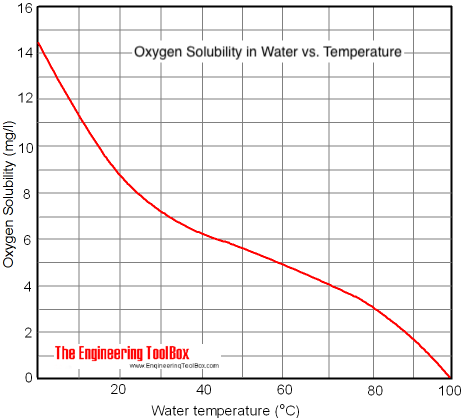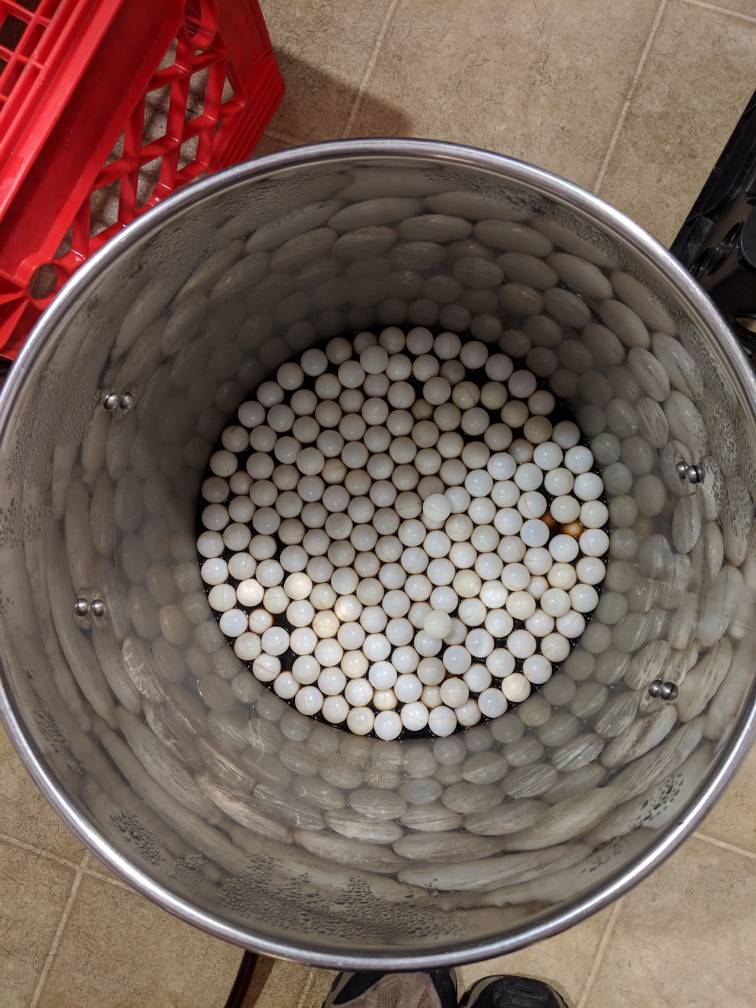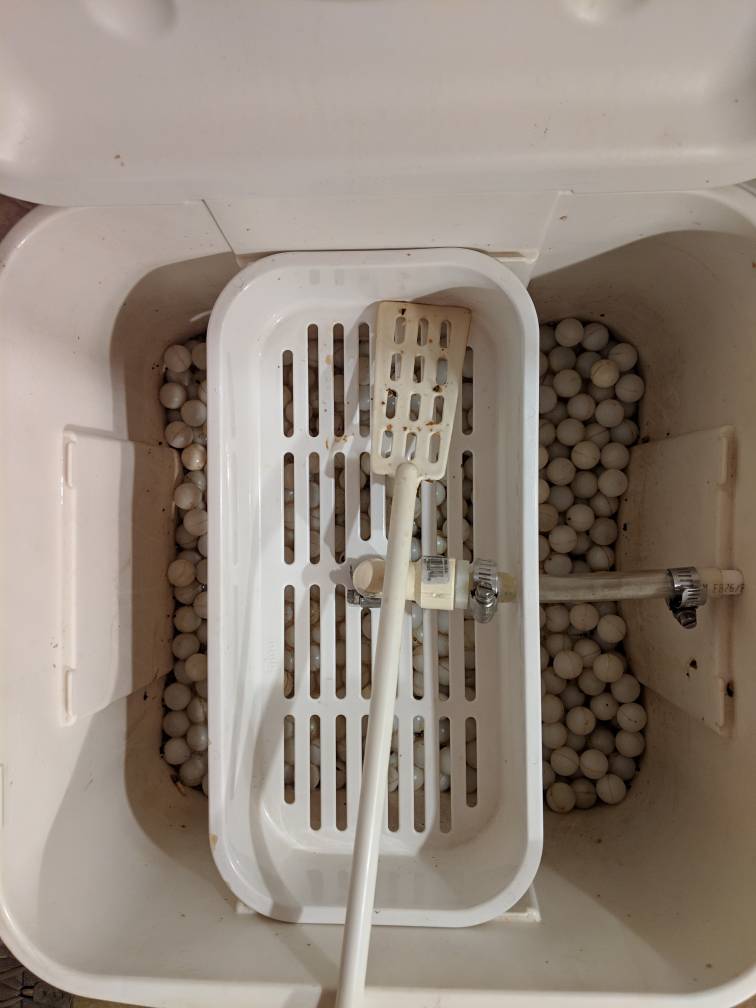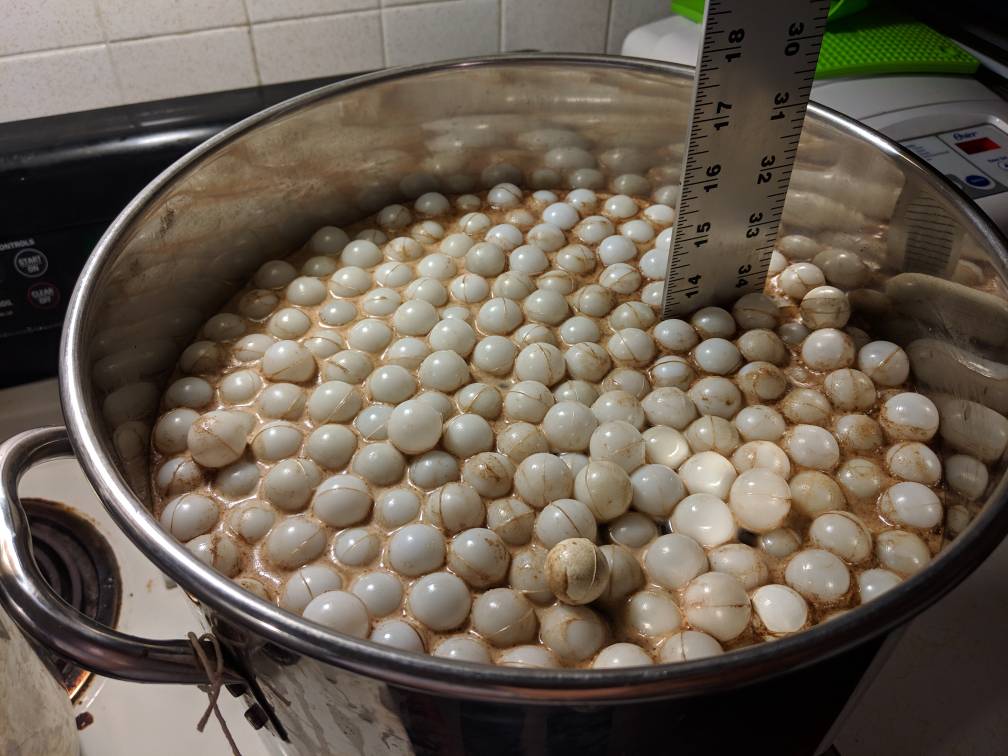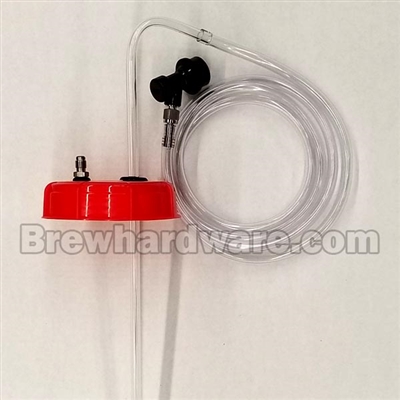applescrap
Be the ball!
Without getting into every lodo aspect or whether it would be worth it or not. I am curious about post boil oxygenation. Apologies if this question has been answered already many times. I'm curious what the exact oxygen levels are of a brew that was made under normal Brewing procedures but fermentation on was treated in low-oxygen methods. It would be nice to compare with oxygen levels that were maintained on both sides but I'm curious with only post fermentation for now. I am aware that this will not preserve the grain flavor sought after in these processes but I figure it can't hurt and it seems like something that I could do as at least a start.
I need somewhere to start and I think this side could be easiest for now. I just saw a great article in byo, I think it was called, advance dry hopping techniques. The author interviewed vinnie at rr, the alchemist brewer, and a bunch of other solid brewers and they all mentioned post fermentation oxygen. I was already one foot over the fence so this article solidified the importance of cold side oxygen. Thanks
I need somewhere to start and I think this side could be easiest for now. I just saw a great article in byo, I think it was called, advance dry hopping techniques. The author interviewed vinnie at rr, the alchemist brewer, and a bunch of other solid brewers and they all mentioned post fermentation oxygen. I was already one foot over the fence so this article solidified the importance of cold side oxygen. Thanks


